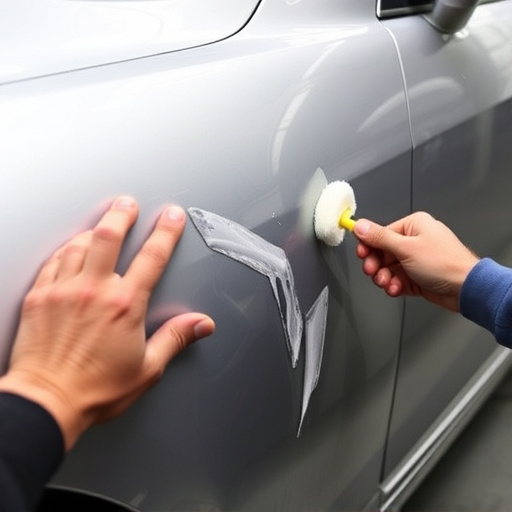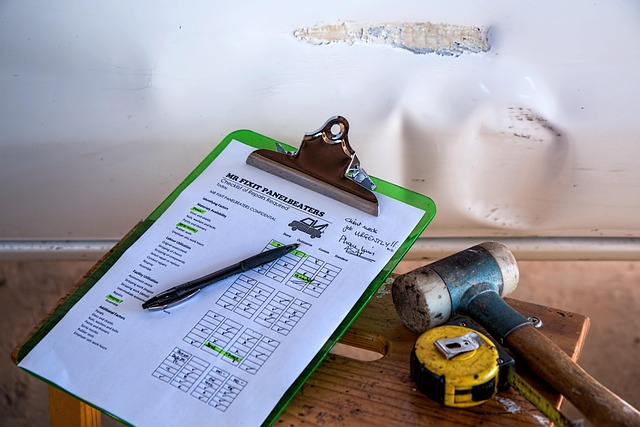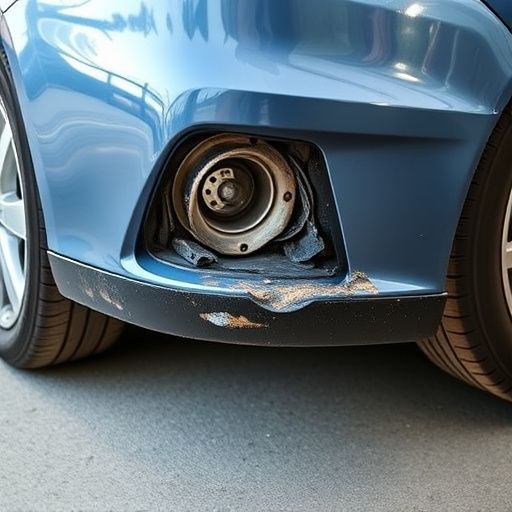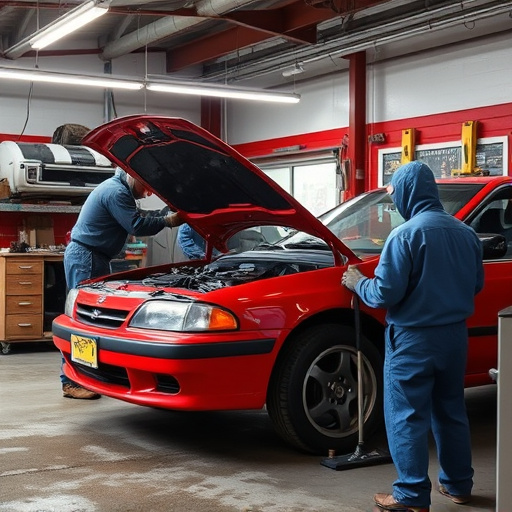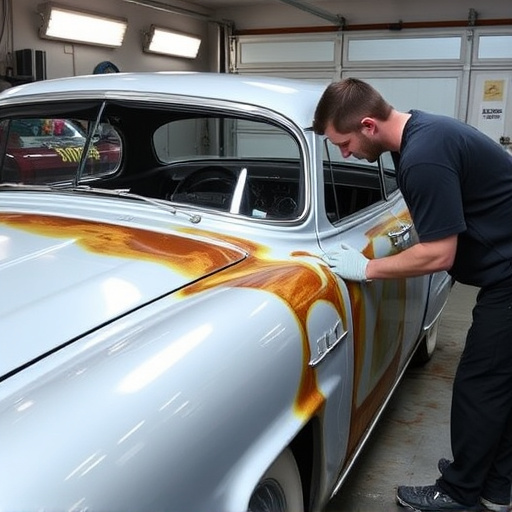Post-Replacement Testing is an indispensable process for airbag module replacements, ensuring vehicle safety and reliability. Mechanics employ specialized equipment and protocols to verify the new module's optimal function, compatibility with car structures, and adherence to original equipment manufacturer (OEM) specifications. This includes static inspections for damage and electrical connections, followed by dynamic tests simulating real-world collisions to confirm effectiveness and safety. By upholding stringent safety standards, auto bodywork facilities guarantee safe and reliable airbag replacements, enhancing vehicle protection for future accidents.
Post-replacement testing is a critical procedure ensuring the safety and reliability of airbag modules. This article delves into the essential practices for evaluating airbag systems after their replacement, providing a comprehensive guide for professionals in the automotive industry. We explore understanding post-replacement testing, outlining key steps, and emphasizing safety measures to guarantee optimal performance and peace of mind for drivers. Learn how these procedures safeguard vehicles and passengers alike following an airbag module replacement.
- Understanding Post-Replacement Testing for Airbag Modules
- Essential Steps in the Testing Process
- Ensuring Safety and Reliability After Airbag Module Replacement
Understanding Post-Replacement Testing for Airbag Modules

Post-Replacement Testing for airbag modules is a critical step in ensuring vehicle safety following an airbag module replacement. It involves rigorous evaluation to guarantee that the newly installed airbag system functions optimally and reliably in the event of a collision. These tests go beyond basic performance checks, delving into intricate simulations to mimic various accident scenarios. By subjecting the replaced modules to such stringent testing, mechanics can identify any potential issues or discrepancies before integrating them into the vehicle’s safety system.
The process leverages specialized equipment and protocols tailored for airbag module replacement procedures. This ensures that every component—from sensors to inflators—operates in harmony with the car’s overall structural integrity. Moreover, post-replacement testing plays a pivotal role in adhering to safety standards and regulations, ultimately contributing to the overall car body restoration and enhancing the vehicle’s safety profile during future vehicle collision repair.
Essential Steps in the Testing Process

Post-Replacement Testing is a critical phase in ensuring the safety and functionality of an airbag module. It involves a systematic process that verifies every component’s integrity after an airbag module replacement, whether it’s handled by a professional auto collision center or performed during a car dent repair. The initial step is a thorough inspection, where technicians scrutinize the replaced module against original equipment manufacturer (OEM) specifications. This includes checking for proper installation, any signs of damage, and verifying all electrical connections are secure and functioning correctly.
The next crucial stage involves dynamic testing, simulating real-world scenarios to trigger the airbag’s deployment mechanism. This rigorous process not only assesses the effectiveness of the replacement module but also ensures its compatibility with the vehicle’s existing safety systems. By combining inspection and dynamic testing, auto bodywork facilities can guarantee that an airbag module replacement, even when performed during a seemingly unrelated car dent repair, results in a safe and reliable system ready to protect occupants in the event of an accident.
Ensuring Safety and Reliability After Airbag Module Replacement
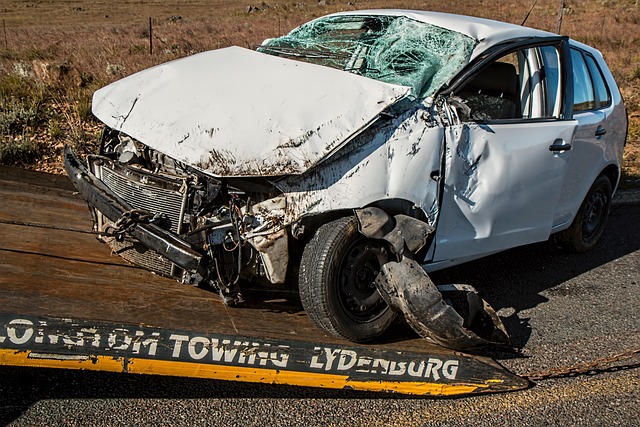
After an airbag module replacement, ensuring safety and reliability is paramount. The process involves rigorous testing to verify that the new module functions correctly and meets all safety standards. This includes checking the deployment mechanism, sensors, and connectivity to the vehicle’s electrical system. Auto repair services professionals use specialized equipment to simulate conditions akin to a vehicle collision repair, confirming the airbag’s ability to inflate precisely and safely when needed.
Body shop services that specialize in airbag module replacement go beyond functionality checks. They also inspect for any potential compatibility issues with the vehicle’s existing systems and perform comprehensive quality assurance tests. This meticulous approach guarantees that the replaced airbag module not only meets but exceeds industry standards, contributing to the overall safety and reliability of the vehicle during future vehicle collision repair scenarios.
Post-replacement testing procedures are vital for ensuring safety and reliability in vehicles, especially after an airbag module is replaced. These rigorous processes verify that the new airbag module functions correctly and meets the required standards. By following essential steps, including detailed inspections and simulations, technicians can guarantee that the vehicle’s safety systems operate as intended, providing peace of mind for drivers and passengers alike. Understanding these procedures is key to maintaining the highest standards in automotive maintenance, particularly when it comes to airbag module replacement.
